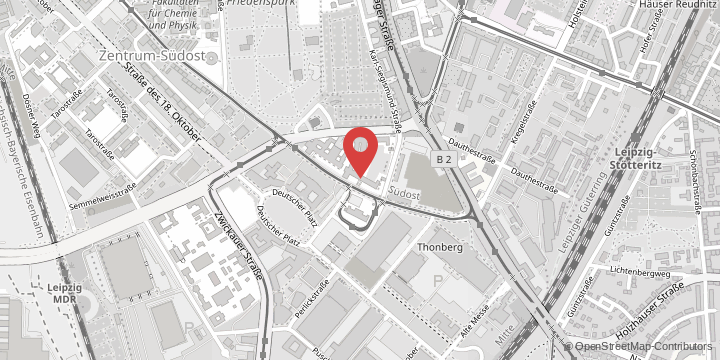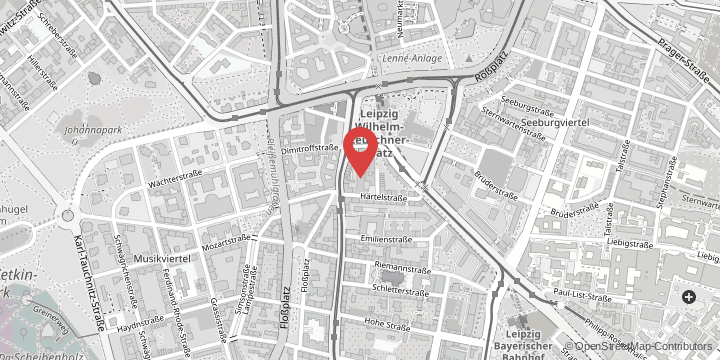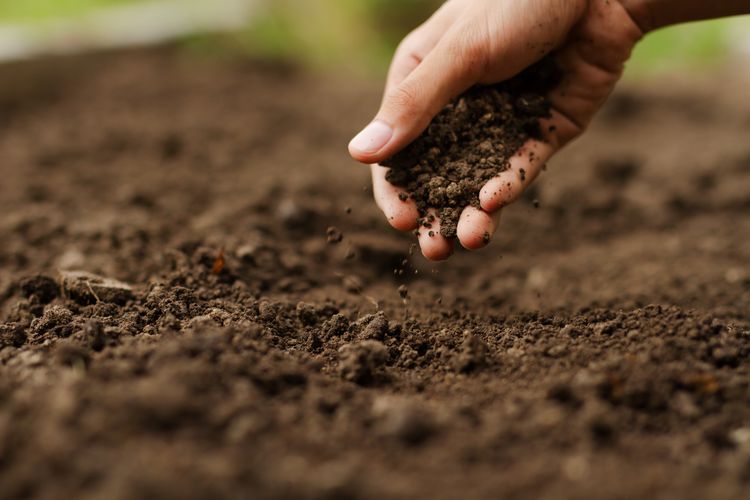Soil microorganisms play a critical role in the survival of life-sustaining ecosystems and, consequently, human well-being. Global assessments continue to provide strong evidence that humans are causing unprecedented biodiversity losses. However, existing information is strongly biased towards selected groups of vertebrates and plants, while much less is known about potential shifts in belowground communities. Soil microbial communities are largely an unseen majority, even though, according to first author Dr Carlos Guerra (iDiv, MLU), “they control a wide range of ecosystem functions that have implications for both human well-being and the sustainability of our ecosystems.” The published results provide evidence that climate change has a stronger influence on soil microbial communities than land-use change like deforestation and agricultural expansion.
The scientists focused especially on bacteria and fungi, which are the most diverse groups of soil-dwelling organisms across the globe. They studied a comprehensive database of soil microbial communities across six continents, whilst incorporating temperature, precipitation and vegetation cover data. Established climate and land-use projection datasets were used to compute various temporal change scenarios, based on a projection period from 1950 to 2090.
The published results are at odds with current global projections of aboveground biodiversity declines, but do not necessarily provide a more positive view of nature’s future. Major changes in microbial diversity driven by climate and land-use change have significant implications for ecosystem functioning. “The results also help to fill an important gap identified in current global assessments and agreements,” said Professor Nico Eisenhauer, head of the Experimental Interaction Ecology research group at Leipzig University. They also lay the groundwork for incorporating soil organisms into future assessments of ecosystem response to global change drivers. According to mathematician Dr Eliana Duarte (MiS), “the application of mathematical and statistical methods to the study of the soil microbiome will play an increasingly important role as more data on soils becomes available”.
Original publication:
C. A. Guerra, M. Delgado‐Baquerizo, E. Duarte, O. Marigliano, C. Görgen, F. T. Maestre & N. Eisenhauer (2021): Global projections of the soil microbiome in the Anthropocene. Global Ecology and Biogeography, DOI: 10.1111/geb.13273
The full press release was published by the Max Planck Institute for Mathematics in the Sciences (MiS).































































